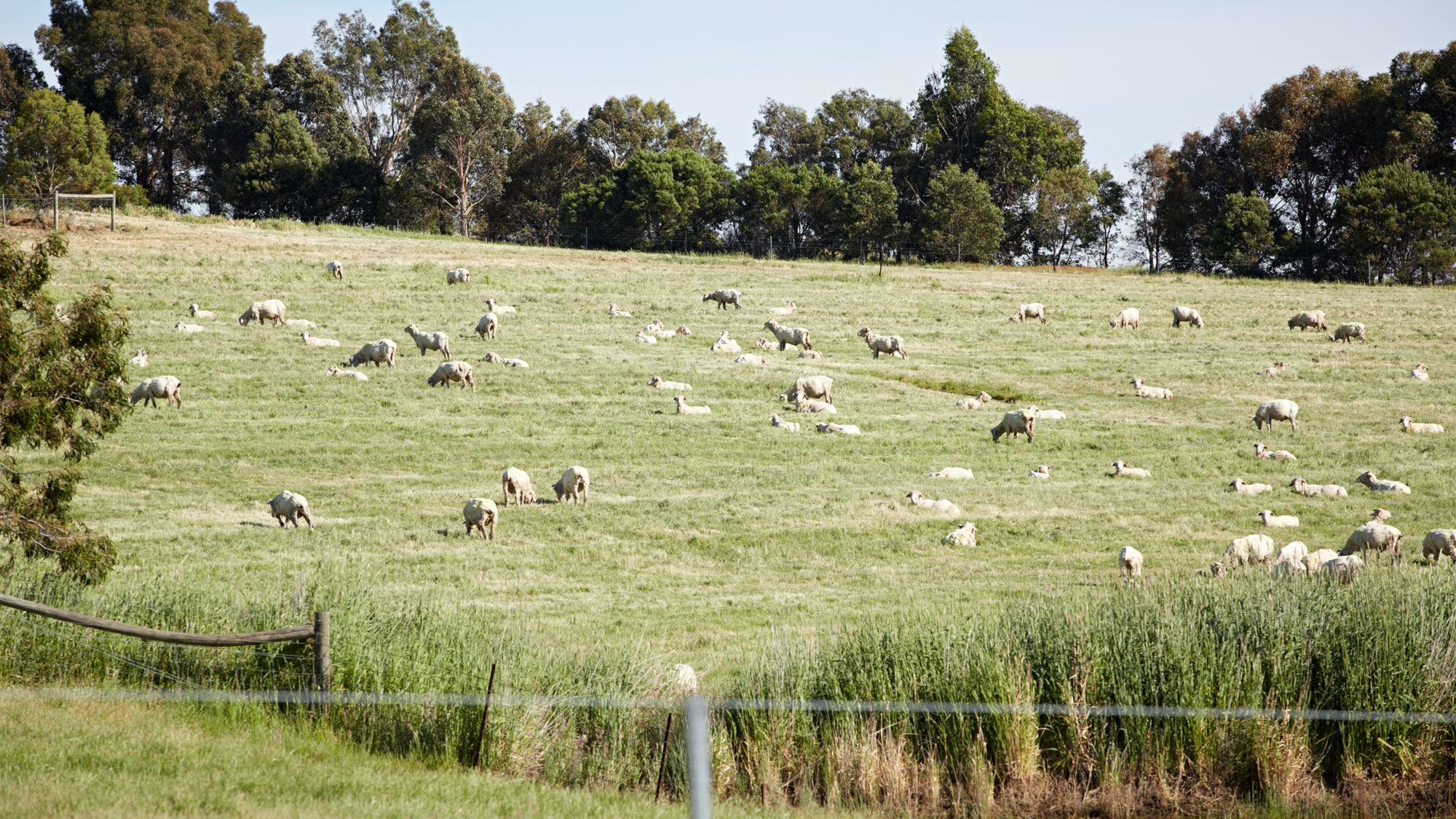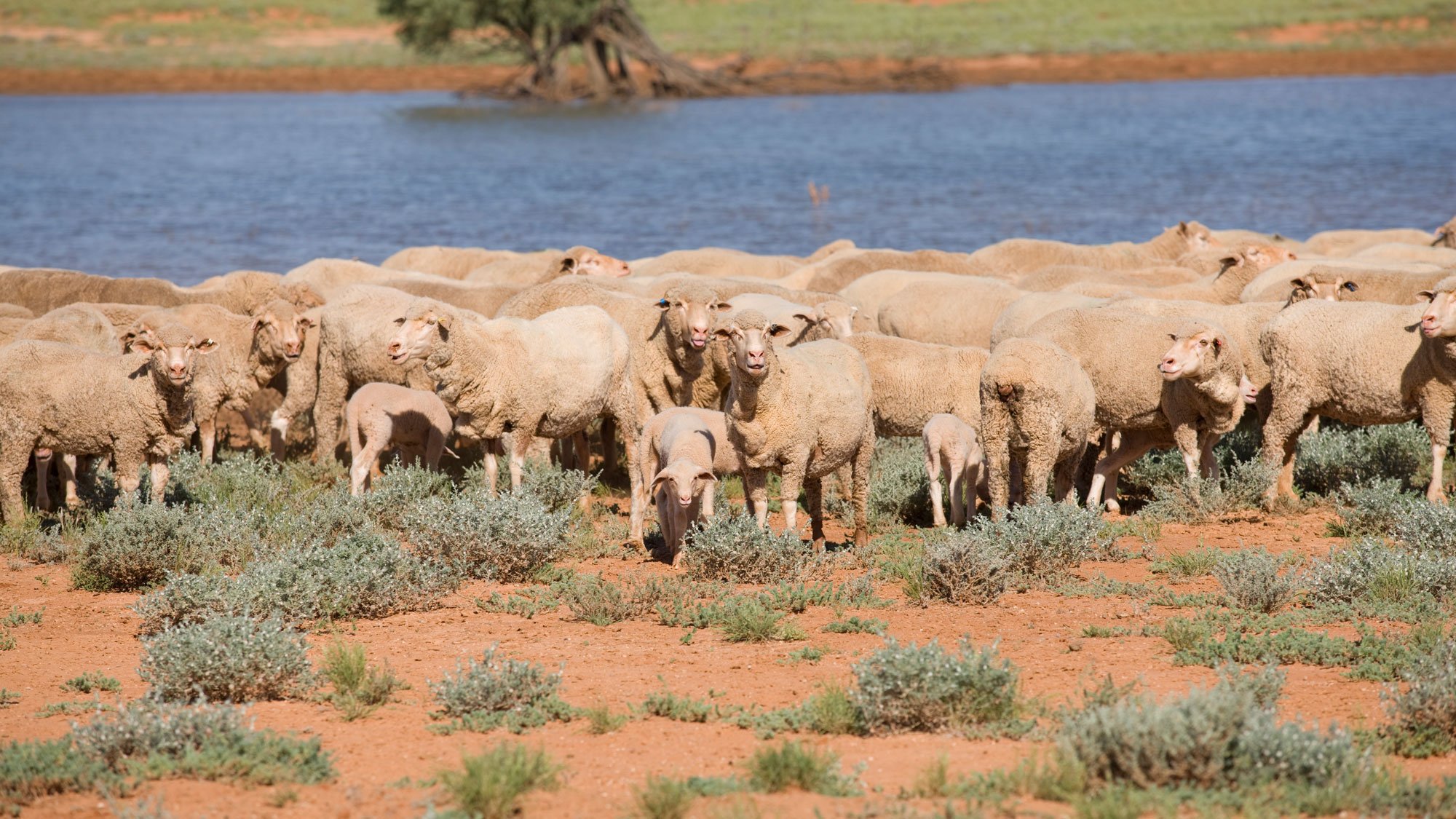Tool 11.18 Checklist of animal welfare compliance
|
PROCEDURE |
COMMENT |
Y or N |
|
Read and adopt animal welfare standards and guidelines for welfare of sheep |
Have all guidelines been followed for your farm? The Australian Animal Welfare Standards and Guidelines for Sheep can be downloaded at https://www.animalwelfarestandards.net.au/sheep/ |
|
|
Read and adopt animal welfare standards and guidelines for transport of sheep |
Have all guidelines been followed for your farm including not exceeding the time sheep are off water for transport? The Australian Animal Welfare Standards and Guidelines — Land Transport of Livestock can be downloaded at www.animalwelfarestandards.net.au/land-transport/ |
|
|
Read and adopt animal welfare standards and guidelines for animals at saleyards |
Have all guidelines been followed for your farm including not exceeding the time sheep are without access to water? The Australian Animal Welfare Standards and Guidelines for Saleyards and Depots can be downloaded at www.animalwelfarestandards.net.au/saleyards-and-depots/ |
|
|
Read and adopt MLA Fit to Load guide |
Have all guidelines been followed and do you ensure sheep unsatisfactory for transport are not loaded? Download your copy here. |
|
|
Do your sheep meet or exceed minimum condition score targets? |
Meeting minimum targets is a core requirement for production and welfare of sheep. Refer to Tool 11.2 Condition score targets for adult sheep. |
|
|
Do you provide adequate quality and quantity of water to your sheep? |
Refer to Tool 11.6 Water quality for sheep. |
|
|
Are sheep free of important diseases, or are they managed? |
Eradication of virulent footrot, lice and OB. Control programs for worms, fluke, flies and JD. Refer to Tool 11.8 Management of worms, Tool 11.10 Management of liver fluke, Tool 11.11 Management of flystrike and Tool 11.13 Diagnosis, control and eradication of footrot, lice, JD and OB. |
|
|
Response to health problem |
Do you monitor the production of your sheep, including nutrition, deaths and other signs (such as scouring) and have trigger points to investigate disease before they cause significant problems? Mortality rate <4% for adults and <5% for weaners. |
|
|
Adopt efficient husbandry procedures |
Combine management events to minimise handling, follow Animal Welfare Standards and Guidelines and legislation in your state. Adopt management systems that prevent impact of diseases – see Tool 11.14 Minimise the risk of potential sources of disease and Tool 11.15 Quarantine periods for important sheep diseases. |
|
|
Lamb marking and breech modification |
Follow recommended procedures and ensure staff have the relevant knowledge, experience and skills. See chapter 11.5 in MMFS Module 11 Healthy and Contented Sheep. |
|
|
Management of lambing ewes |
Provide adequate nutrition, separate singles and twin lambing ewes, provide good shelter. Invest in long-term plans to improve shelter if exposure is an issue. See chapter 10.2 in MMFS Module 10 Wean More Lambs. |
|
|
Management of shearing |
Have you developed a plan to provide shelter for all sheep off-shears to prevent off-shears losses? Read more in chapter 11.5 in MMFS Module 11 Healthy and Contented Sheep. |
|
|
Management of disasters (fire, flood, drought) |
Have you developed contingency plans for severe climatic events? Check out the information on the AWI and MLA websites. |
|
|
Management of intensive feeding systems |
Do you follow industry guidelines from AWI and MLA and Animal Welfare Standards and Guidelines? |
|
|
Livestock handling systems |
Do your handling systems incorporate features of animal behaviour to minimise stress? |
|
|
Stockmanship |
Do you and staff continue to develop expertise in animal handling and management? |
|







